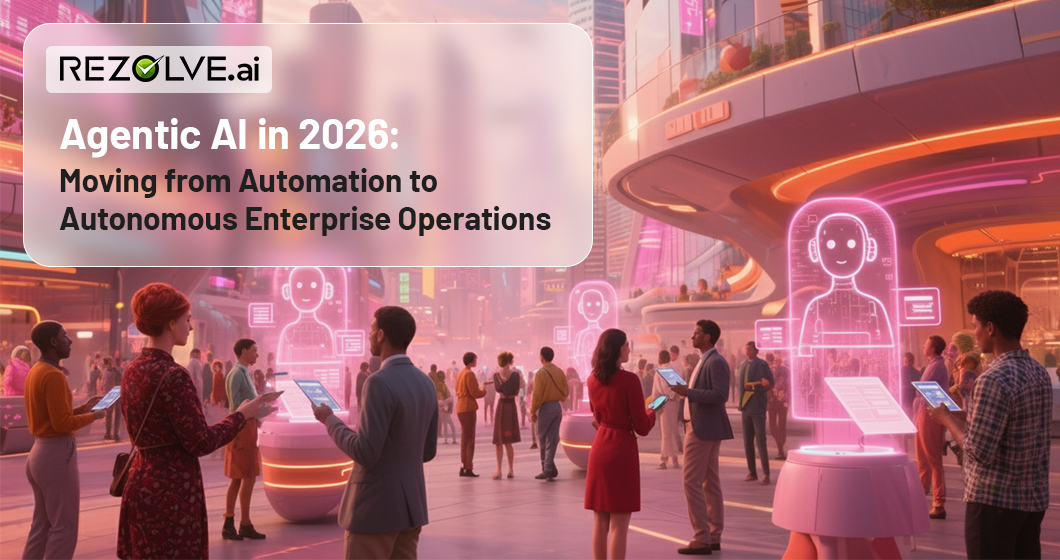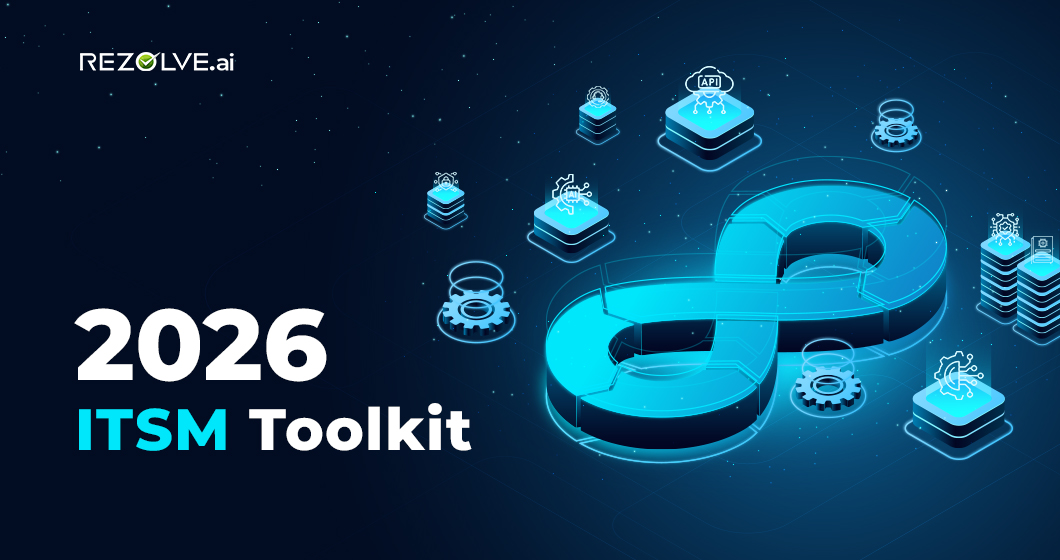In today's competitive business landscape, attracting and retaining top talent is paramount. The initial weeks of a new employee's journey, the onboarding period, are crucial for setting the stage for long-term success. A well-structured onboarding experience not only helps new hires acclimate to their roles and the company culture but also significantly impacts their engagement, productivity, and ultimately, retention rates. However, traditional, manual onboarding processes can be time-consuming, prone to errors, and often fail to deliver a consistent and engaging experience. This is where automated employee onboarding steps in, offering a streamlined, efficient, and impactful solution. This comprehensive guide will explore the intricacies of automated employee onboarding, its benefits, key components, and how to implement it effectively within your organization.
What is Automated Employee Onboarding?
.avif)
Automated employee onboarding leverages technology to streamline and automate various tasks associated with integrating new hires into an organization. It's more than just digitizing paperwork; it encompasses a holistic approach that automates workflows, delivers consistent information, facilitates communication, and fosters a sense of belonging. This can include automating tasks such as:
- Pre-boarding: This involves preparing the new hire before their first day. Automating this phase can include sending welcome emails, essential pre-start information like company handbooks and dress codes, required documents for electronic signatures, and even introductory videos about the company culture. This sets expectations and makes the new hire feel welcomed and prepared.
- Paperwork and Compliance: Automating paperwork eliminates the tedious process of manual forms. This includes digitizing employment contracts, tax forms, benefits enrollment, and other essential documents. Electronic signatures ensure compliance and create a secure, paperless audit trail. This not only saves time but also reduces errors and ensures all necessary information is collected.
- IT Provisioning: This involves automating the setup of necessary technology for new hires. This includes creating user accounts, granting access to relevant software and systems, setting up email accounts, and provisioning hardware like laptops or mobile devices. Automating this process ensures that new hires have the tools they need to be productive from day one, without delays.
- Training and Development: Automated onboarding can deliver online courses, assign mentors, and track progress. This may include introductory training on company policies, compliance training, role-specific training, and access to internal knowledge bases. This ensures consistent training delivery and allows new hires to learn at their own pace.
- Introductions and Team Integration: Facilitating introductions to team members and key stakeholders is crucial for building relationships. Automation can facilitate this by scheduling introductory meetings, creating team directories, and providing access to communication platforms. This helps new hires quickly integrate into their teams and build a sense of belonging.
- Feedback and Check-ins: Automating feedback surveys and scheduling regular check-ins allows for continuous improvement of the onboarding process and provides new hires with opportunities to voice their concerns or ask questions. Automated reminders can prompt managers to conduct regular check-ins, ensuring consistent support during the critical initial period.
Why is Effective Employee Onboarding Crucial in 2025 (and Beyond)?
.avif)
Effective onboarding is no longer a "nice-to-have" but a business imperative. Here's why:
- Reduced Turnover and Improved Retention: A positive onboarding experience significantly reduces early attrition. When employees feel welcomed, supported, and equipped for success from day one, they are more likely to stay with the company long-term. This directly impacts the bottom line by reducing recruitment and training costs associated with replacing departing employees.
- Increased Employee Engagement and Productivity: Engaged employees are more productive and contribute more to the organization's success. Automated onboarding streamlines processes, allowing new hires to focus on learning their roles and contributing quickly. It also fosters a sense of belonging and connection, which are crucial for engagement. When employees feel connected to their team and the company's mission, they are more motivated and productive.
- Enhanced Employer Branding: A well-executed onboarding process reflects positively on your employer brand. It shows that you value your employees and invest in their success. This can attract even more top talent to your organization. Positive word-of-mouth and online reviews about your onboarding experience can significantly enhance your reputation as an employer of choice.
- Improved Compliance and Reduced Risk: Automating paperwork and compliance-related tasks ensures accuracy and reduces the risk of errors or omissions. This can protect your organization from potential legal issues related to incomplete or inaccurate documentation. Automated systems can also ensure compliance with industry-specific regulations and data privacy laws.
- Faster Time-to-Productivity: By streamlining administrative tasks and providing readily accessible resources, automated onboarding helps new hires become productive faster. This means they can start contributing to the company's goals sooner, accelerating their impact on the business.
- Building Stronger Relationships: Automated onboarding can facilitate introductions and connections between new hires and their colleagues, fostering a sense of community and collaboration. This can be achieved through virtual introductions, team-building activities, and access to internal communication platforms.
Benefits of Automating Employee Onboarding
.avif)
Automating your onboarding process brings a wealth of advantages:
- Significant Reduction in Paperwork: Automating document management eliminates the need for physical paperwork, saving time, resources, and storage space. This also contributes to a more environmentally friendly workplace.
- Shortened Onboarding Lifecycle: Automation streamlines processes, reducing the time it takes to onboard new hires and allowing them to become productive faster. This means less time spent on administrative tasks and more time focused on core job responsibilities.
- Increased Accuracy and Reduced Errors: Automated systems minimize human error, ensuring data accuracy and compliance. This reduces the risk of costly mistakes and ensures consistency in data entry.
- Improved Consistency and Standardization: Automation ensures that every new hire receives the same consistent onboarding experience, regardless of their location or department. This creates a level playing field and ensures that all new hires receive the same essential information and training.
- Enhanced Employee Experience: A smooth and efficient onboarding process creates a positive first impression and sets the stage for a successful employee journey. This can lead to higher employee satisfaction and engagement from the very beginning.
- Free Up HR Time for Strategic Initiatives: By automating routine tasks, HR professionals can focus on more strategic initiatives, such as talent development, employee engagement programs, and strategic workforce planning.
- Data-Driven Insights: Automated systems provide valuable data and analytics on the onboarding process, allowing you to identify areas for improvement. This data can be used to track key metrics like onboarding completion rates, employee satisfaction, and time-to-productivity.
Key Features of an Automated Employee Onboarding System
.avif)
A robust automated onboarding system should include the following features:
- Digital Onboarding Portal: A centralized hub for all onboarding-related information and tasks. This portal should be easily accessible to new hires and provide a clear and organized overview of the onboarding process.
- Automated Workflows: Triggered actions based on specific events, such as a new hire's start date. This can include sending automated emails, assigning tasks, and scheduling meetings.
- Electronic Signatures: Secure and legally binding digital signatures for documents. This eliminates the need for physical signatures and streamlines the document signing process.
- Document Management: Secure storage and management of employee documents. This ensures that all essential documents are stored securely and are easily accessible when needed.
- Task Management and Checklists: Automated reminders and notifications for onboarding tasks. This helps ensure that all necessary tasks are completed on time and prevents important steps from being overlooked.
- Integration with HRIS and other systems: Seamless data flow between different systems, such as your Human Resource Information System (HRIS), payroll system, and IT systems. This eliminates the need for manual data entry and ensures data consistency across all platforms.
- Reporting and Analytics: Tracking of key onboarding metrics, such as onboarding completion rates, employee satisfaction, and time-to-productivity. This data can be used to identify areas for improvement and measure the effectiveness of the onboarding process.
- Mobile Accessibility: Access to onboarding resources from any device. This allows new hires to complete onboarding tasks and access important information from their smartphones or tablets, providing greater flexibility and convenience.
Implementing Automated Employee Onboarding: A Step-by-Step Guide
.avif)
- Assess Your Current Onboarding Process: Identify pain points and areas for improvement. This involves analyzing your current onboarding process, gathering feedback from new hires and managers, and identifying any bottlenecks or inefficiencies.
- Define Your Onboarding Goals: Determine what you want to achieve with automation. This includes setting specific, measurable, achievable, relevant, and time-bound (SMART) goals for your onboarding program.
- Choose the Right Onboarding Software: Select a system that meets your needs and budget. Look for platforms that offer comprehensive integration capabilities with essential HR systems, including payroll processing and a paystub generator for seamless financial documentation, creating a truly end-to-end onboarding experience. This involves researching different onboarding software providers, comparing features and pricing, and choosing a system that aligns with your organization's specific requirements.
- Customize Your Onboarding Workflows: Tailor the process to your specific organization and roles. This involves configuring the onboarding software to automate tasks, create custom workflows, and personalize the onboarding experience for different departments or roles.
- Integrate with Existing Systems: Ensure seamless data flow between different platforms. This involves working with your IT team to integrate the onboarding software with your existing HRIS, payroll system, and other relevant systems.
- Train Your HR Team and Managers: Provide training on how to use the new system. This crucial step ensures that your HR team and managers are comfortable and proficient in using the automated onboarding platform. Training should cover all aspects of the system, including how to manage workflows, access reports, and provide support to new hires. Ongoing support and resources should also be made available to address any questions or issues that may arise.
- Communicate with New Hires: Inform them about the new onboarding process. Clear and proactive communication with new hires is essential for a smooth transition. Before their start date, inform them about the new automated onboarding process, what to expect, and how to access the online portal. This helps alleviate any anxiety and ensures they are prepared to begin their onboarding journey. Provide clear instructions and contact information for support if they encounter any difficulties.
- Monitor and Evaluate: Track key metrics and make adjustments as needed. After implementing the automated onboarding system, monitoring its performance and gathering feedback from new hires and managers is essential. Track key metrics such as onboarding completion rates, time-to-productivity, and employee satisfaction. Use this data to identify areas for improvement and make necessary adjustments to the onboarding process. Regularly review and update the system to ensure it continues to meet the evolving needs of your organization.
Best Practices for Automated Employee Onboarding
.avif)
Beyond the implementation steps, consider these best practices for maximizing the effectiveness of your automated onboarding program:
- Personalization: While automation streamlines processes, personalization is key to creating a welcoming and engaging experience. Customize welcome messages, training materials, and other onboarding content to reflect the new hire's role, department, and individual needs.
- Mobile-First Approach: Ensure your onboarding platform is mobile-friendly. This allows new hires to complete tasks and access information from any device, increasing convenience and accessibility.
- Interactive Content: Incorporate interactive elements such as videos, quizzes, and gamified challenges to make the onboarding process more engaging and memorable.
- Social Connection: Facilitate connections between new hires and their colleagues through virtual introductions, team-building activities, or online forums. This helps foster a sense of belonging and community.
- Regular Feedback: Continuously solicit feedback from new hires and managers about the onboarding process. This allows you to identify areas for improvement and ensure the program remains effective.
- Integration with Learning Management Systems (LMS): Integrating your onboarding system with your LMS can streamline the delivery and tracking of training programs, ensuring new hires receive the necessary knowledge and skills for their roles.
- Focus on Culture Integration: Onboarding is not just about paperwork and processes; it's also about integrating new hires into the company culture. Use the onboarding process to communicate your company's values, mission, and vision.
- Manager Involvement: Managers play a crucial role in onboarding. Ensure they are actively involved in the process, conducting regular check-ins, providing feedback, and supporting new hires in their transition.
The Future of Automated Employee Onboarding
The field of automated employee onboarding is constantly evolving, with new technologies and trends emerging. Some key trends to watch out for include:
- AI and Machine Learning: AI-powered chatbots and virtual assistants can provide personalized support and answer new hires' questions in real-time. Machine learning can analyze onboarding data to identify patterns and predict potential issues.
- Virtual and Augmented Reality (VR/AR): VR/AR can create immersive onboarding experiences, allowing new hires to virtually tour the office, meet their colleagues, and experience the company culture.
- Personalized Learning Paths: AI can be used to create personalized learning paths based on each new hire's skills, experience, and learning style.
- Predictive Analytics: Predictive analytics can be used to identify new hires who may be at risk of leaving the company early, allowing HR to intervene and provide additional support.
The Final Word
Automated employee onboarding is a powerful tool for organizations looking to improve their talent acquisition and retention strategies. By streamlining processes, enhancing the employee experience, and freeing up HR time, automation can significantly impact your organization's bottom line. Embracing this technology is not just an investment in efficiency; it's an investment in your people and your future success. By following the steps outlined in this guide and incorporating the best practices discussed, you can create a world-class onboarding program that sets your new hires up for success and contributes to the overall growth of your organization.





.webp)




.jpg)

.png)








.png)